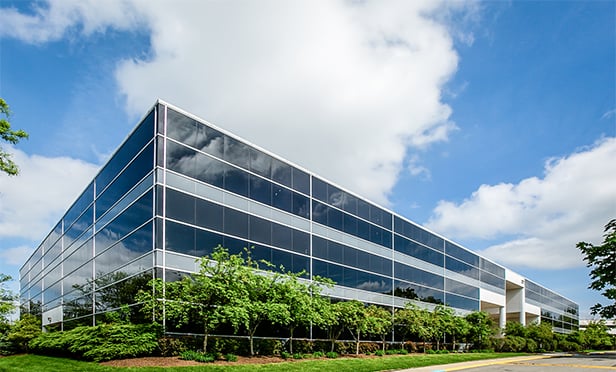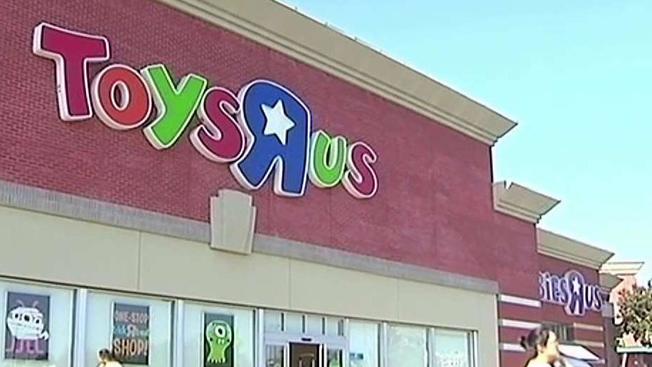MIAMI—After a decline in commercial real estate foreclosures in February, South Florida activity spiked in March, according to data provided by Off-Market RADAR.
In total, 39 CRE foreclosures above $250,000 were filed in Miami-Dade and Broward counties in March and April. March saw the highest amount of activity with 24 filings, compared to only 17 in February. The April figure dropped again with 15 reported foreclosures.
Although April’s decline sounds positive on the surface, further analysis of the types of foreclosures filed may warrant concern among investors, according to Off-Market RADAR analysis. Of the 17 February filings, Off-Market RADAR tracked only three above $2 million. Meanwhile, in March seven foreclosures above $2 million were filed, and then again in April, seven foreclosures were tracked.
“We were most surprised by the growing percentage of foreclosures over $2 million within the total filings above $250,000,” Brian McCarthy, vice president and co-founder of Off-Market Radar, tells GlobeSt.com. “This is surprising because many investors feel the opportunities in distressed assets have largely passed, yet what we may actually be seeing is that the smaller deals have been foreclosed or handed back, leaving only the bigger deals.”
What’s driving this situation? As McCarthy sees it, it’s possible lenders felt the risk in rushing to foreclose on the larger deals was greater because the sophistication of the equity investors on those assets led to a lower likelihood that the ownership was the source of the problem and was more likely the asset or market itself.
Therefore, he explains, taking the property back early wouldn’t add too much value. This, he continues, may have allowed lenders and servicers to focus on getting the small assets off the books knowing that the larger assets were in somewhat capable—although supervised—hands.
Multifamily assets accounted for the majority of foreclosures above the $2 million mark during March and April. Four real estate assets in South Florida in the month of March alone were foreclosed upon, a record high since Off-Market RADAR began tracking transactions in September 2011.
McCarthy isn’t looking to define trends from this data, but if numbers like these continue to post he says it would indicate that the distressed market has a number of assets still in the pipeline. He says the opportunity for investors is that this pipeline appears to include larger, higher quality assets, and because asset managers have very few small deals clogging their workflow they will be able to make decisions much more quickly and act faster than the early part of the downturn.
“Further, because many of these foreclosures will be done after a negotiated extension or other agreement between borrower and lender, the documents are far less likely to contain errors and omissions which allowed owners to play hardball during the foreclosure process,” McCarthy says. “This should show a drastically shorter foreclosure process and a greater percentage of alternative strategies like receiverships and loan sales as the pendulum of power swings back towards the mortgage holders.”
© Touchpoint Markets, All Rights Reserved. Request academic re-use from www.copyright.com. All other uses, submit a request to [email protected]. For more inforrmation visit Asset & Logo Licensing.






